Rising Geriatric Population
India's aging population is a significant driver for the heparin market. With an increasing number of individuals aged 60 and above, the demand for anticoagulants is expected to rise. Elderly patients are more susceptible to conditions that require anticoagulation therapy, such as atrial fibrillation and venous thromboembolism. According to demographic studies, the geriatric population in India is projected to reach 300 million by 2050, which indicates a substantial market potential for heparin. The heparin market must adapt to cater to this demographic by ensuring the availability of appropriate formulations and dosages. Furthermore, healthcare providers may need to focus on educating this population about the importance of anticoagulation therapy, thereby potentially increasing the market share of heparin in the coming years.
Increasing Cardiovascular Diseases
The prevalence of cardiovascular diseases in India is on the rise, which is likely to drive the heparin market. According to recent health reports, cardiovascular diseases account for approximately 28% of all deaths in the country. This alarming statistic indicates a growing need for effective anticoagulant therapies, including heparin. As healthcare providers seek to manage these conditions, the demand for heparin, particularly low molecular weight heparin, is expected to increase. The heparin market is thus positioned to benefit from this trend, as more patients require anticoagulation therapy to prevent complications associated with cardiovascular diseases. Furthermore, the increasing awareness of heart health among the population may lead to higher screening rates and subsequent treatment, further propelling the heparin market in India.
Government Initiatives and Policies
The Indian government has been actively promoting healthcare initiatives aimed at improving access to essential medicines, including anticoagulants like heparin. Policies that support the production and distribution of heparin are likely to enhance the heparin market. For instance, the National Health Mission emphasizes the importance of providing affordable healthcare solutions, which includes ensuring the availability of life-saving drugs. Additionally, the government's focus on enhancing healthcare infrastructure and increasing funding for medical research may lead to innovations in heparin formulations and delivery methods. These initiatives could potentially expand the heparin market, making it more accessible to patients across various demographics. As a result, the heparin market may experience growth driven by supportive government policies and initiatives aimed at improving public health.
Growing Awareness of Thrombosis Management
There is a growing awareness of thrombosis management among healthcare professionals and patients in India, which is likely to influence the heparin market. Educational campaigns and training programs aimed at improving knowledge about thromboembolic disorders are becoming more prevalent. This increased awareness may lead to earlier diagnosis and treatment, thereby driving the demand for anticoagulants like heparin. The heparin market stands to gain from this trend as healthcare providers become more proactive in managing thrombotic conditions. Furthermore, as patients become more informed about their health, they may seek anticoagulation therapy, further propelling the market. The emphasis on thrombosis management is expected to create a more favorable environment for the growth of the heparin market in India.
Technological Advancements in Drug Delivery
Innovations in drug delivery systems are poised to impact the heparin market positively. Advances in biotechnology and pharmaceutical sciences have led to the development of more effective and patient-friendly heparin formulations. For instance, the introduction of pre-filled syringes and auto-injectors may enhance patient compliance and ease of use. These technological advancements could potentially increase the adoption of heparin among healthcare providers and patients alike. The heparin market may benefit from these innovations as they improve the overall treatment experience. Additionally, ongoing research into novel delivery methods, such as transdermal patches or oral formulations, could further expand the market by providing alternative options for patients who may be hesitant to use traditional injection methods.



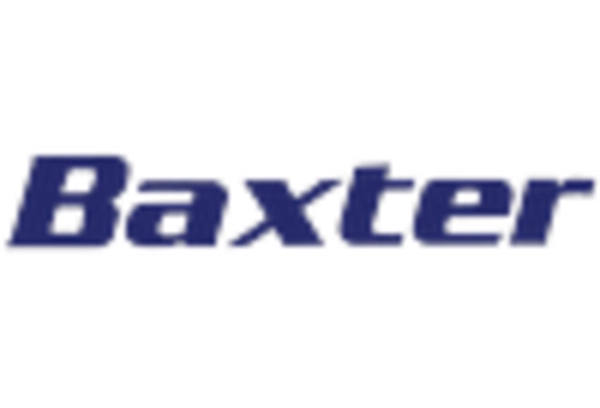
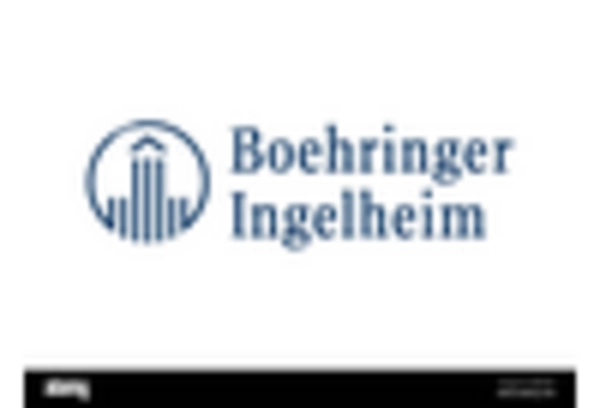
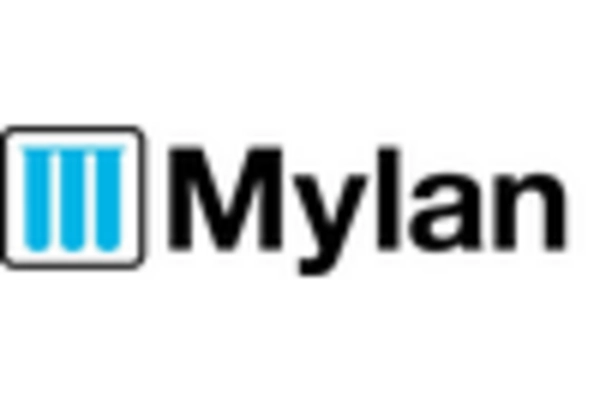
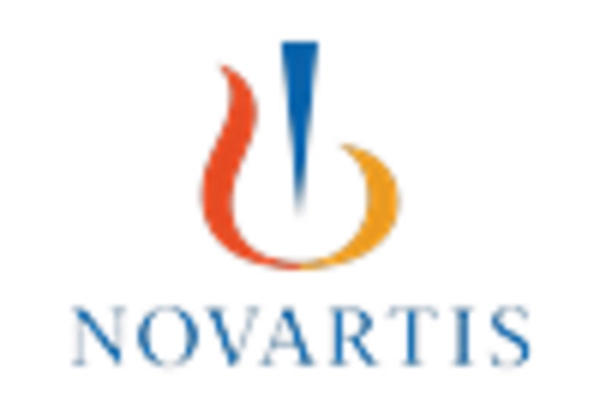
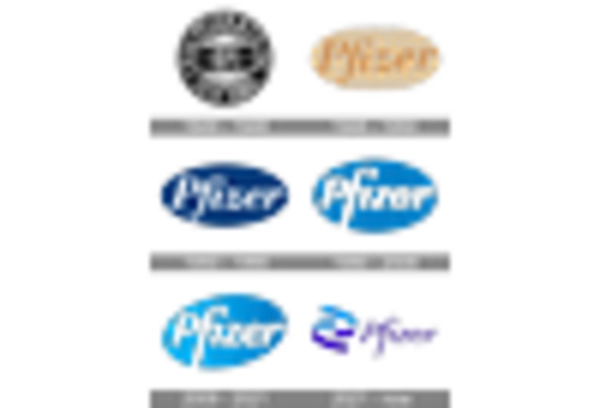
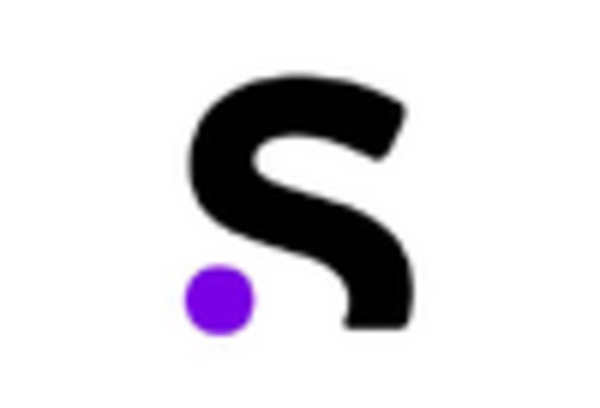








Leave a Comment